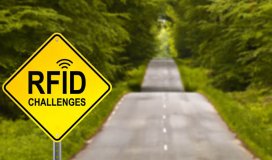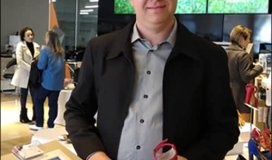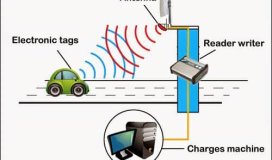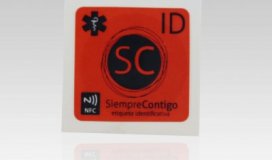Wheelchair-bound children at Australian non-profit health-care facility MS Queensland Youngcare, located in Albany Creek, Queensland, are employing radio frequency identification to access rooms and enclosed areas, hands-free. The system, provided by N.A.S.A. Electronic Security Systems and ISCS Brisbane, was taken live in July of this year, using Nedap Identification Systems' uPASS fixed UHF RFID readers and software built into an ICT WX Protege controller.
Queensland Youngcare provides high-care housing for young people who might otherwise be placed in less appropriate facilities, such as nursing-care centers at which most residents are elderly. Children residing at the facility have multiple sclerosis (MS), which leaves them confined to wheelchairs with limited mobility. Therefore, the seemingly simple task of passing through closed doors poses a challenge. Historically, when the residents moved through gates and doorways, they required the manual assistance of personal helpers pushing their wheelchairs, This, of course, meant the patients were completely reliant on the helpers any time they wanted to move from one area to another.

MS Queensland Youngcare's new housing complex, built this year, is dedicated to being a very different kind of facility, says Norman Larden, N.A.S.A. Electronic Security Systems' managing director. The new facility is designed to feature greater autonomy for its young residents. There are eight units, each of which accommodates a single resident or family.
N.A.S.A. Electronic Security Systems is a Brisbane-based security systems division of Australasian Intercom Systems Pty. Ltd. Three years ago, the company opted to launch a UHF RFID-based access-control system to offer to its customers. It selected a solution developed by ISCS Brisbane, Larden says, and acquired training for installation and servicing from Murray Cooper, ISCS's technical sales director. Since completing Cooper's training, the security company has installed the technology for corporations such as MS Queensland using the Nedap RFID reader system. "N.A.S.A. now only uses and works with ISCS Brisbane technicians and products exclusively," Larden says, "due to the product quality and technical support offered by ISCS Brisbane."
Installation at MS Queensland Youngcare was a fast-paced project. In fact, the system was installed and commissioned within a week, N.A.S.A. reports. During that spa of time, the technology company installed 29 reader gates within eight care units at the facility. Each care unit includes three Nedap readers: one installed at the main entry and another at the back door entry, with a third to access the back garden or patio. In addition to those 24 readers, five more were installed for general access in common rooms, the kitchen area and other public areas within the facility.
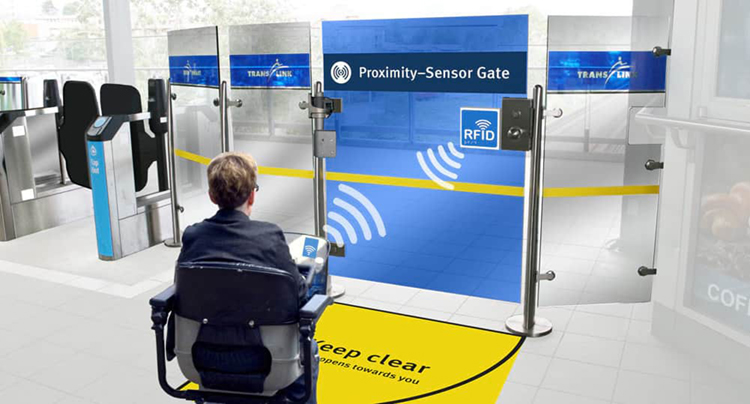
Both patients and staff members wear UHF-enabled and contactless cards on lanyards. Each tag is encoded with a unique ID number that is linked to a particular individual's name, as well as to identifying information such as his or her role as staff member, or patient authorization status. That data is stored in the access-control device (the WX Protege controller), which is powered by a DC outlet.
When a person approaches within 2 meters (6.6 feet) of a reader, the device captures his or her card's unique ID and determines that individual's status. For instance, patients are authorized to access their own unit, but not other units with the facility. The software confirms the data and, if an individual is authorized, prompts the door to open. If he or she is not authorized, the door will not open. The tags allow personnel and patients to both enter and leave an area through the door. Data regarding each read event is captured and stored in the controller, thereby creating a record of staff and patient movements, which can then be accessed by management if necessary.
